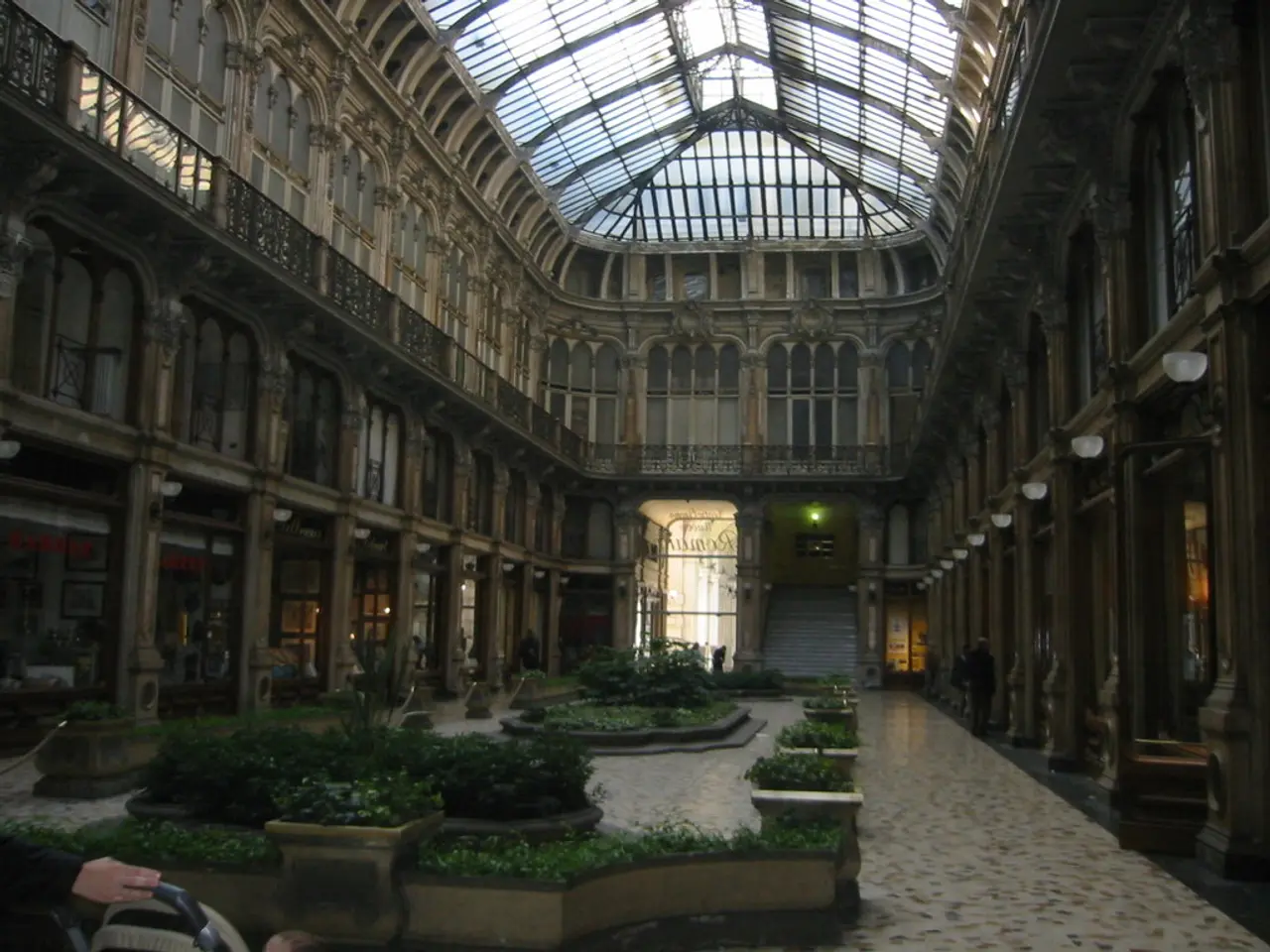Dresden increases its investments significantly in the modernization of city infrastructure, focusing on water, power, and fiber optic systems.
In the heart of Germany, the city of Dresden is making significant strides towards creating a future-proof infrastructure for the chip industry. A shared vision between political, economic, and scientific actors is driving this ambitious project.
The city administration has prioritised the expansion of fiber optic networks, with wide areas of Hellerau, Klotzsche, Weixdorf, and Wilschdorf set to be equipped with new fiber optic connections for fast internet. This move is essential for the city's digital future and the continuity of the growing semiconductor industry.
A central industrial collector by the Dresden Wastewater Management is under construction to transport industrial wastewater from Dresden's north to the wastewater treatment plant in Kaditz. Meanwhile, the renovation of Dresden's second-largest water treatment plant in Hosterwitz is planned, addressing the increasing demand for industrial water. Calculations by SachsenEnergie suggest that the demand for industrial water will double within the next 20 years, with an additional 60,000 cubic meters needed in just five years.
The water network expansion project is the most extensive and complex, with an increase in consumption by around 25,000 cubic meters in about 15 years, and an expected further increase in the future. The expansion is expected to cost over 300 million euros.
The city and its partners are investing in various projects to create a future-proof infrastructure for semiconductor companies. Global Foundries, Bosch, Infineon, and ESMC plant are expanding or building their semiconductor facilities in Dresden's north. The upcoming chip factories of Infineon and ESMC can plan with greater supply security, thanks to the efforts being made.
50Hertz GmbH is playing a crucial role in this infrastructure development. They plan to rebuild the substation in Schmoelln and expand the substation in Streumen. Additionally, new 380 kV overhead lines are planned between Dresden's north and Schmoelln, between Großenhain and Dresden's north, and between Streumen and Großenhain. A brand-new substation is being built in Altwilschdorf by 2030 to meet the increasing electricity demand.
The measures taken clearly show Dresden's commitment to maintaining its position as a European center for the semiconductor industry. The upcoming citizen dialogue, attended by around 140 visitors, demonstrated the city's preparation for the future, particularly for the upcoming chip factories of Infineon and ESMC.
With Sebastian Müller set to replace Steffen Klinger as project manager at SachsenNetze GmbH on October 1, 2025, the city continues to move forward in its ambitious plans. Dresden is on the best path to remain the European center of the semiconductor industry in the future. A new river water treatment plant in Ubigau will treat water from the Elbe for industrial use and return it to the river separately from the household supply system, further solidifying Dresden's commitment to sustainability.
The city's efforts extend beyond the semiconductor industry. A joint project between SachsenEnergie and 50Hertz GmbH, the Altwilschdorf substation, is under construction to meet the increasing electricity demand.
In conclusion, Dresden is making significant strides towards creating a future-proof infrastructure for the chip industry. The city's commitment to expanding fiber optic networks, improving wastewater and water treatment facilities, and increasing electricity supply demonstrates its dedication to maintaining its position as a European center for the semiconductor industry.








